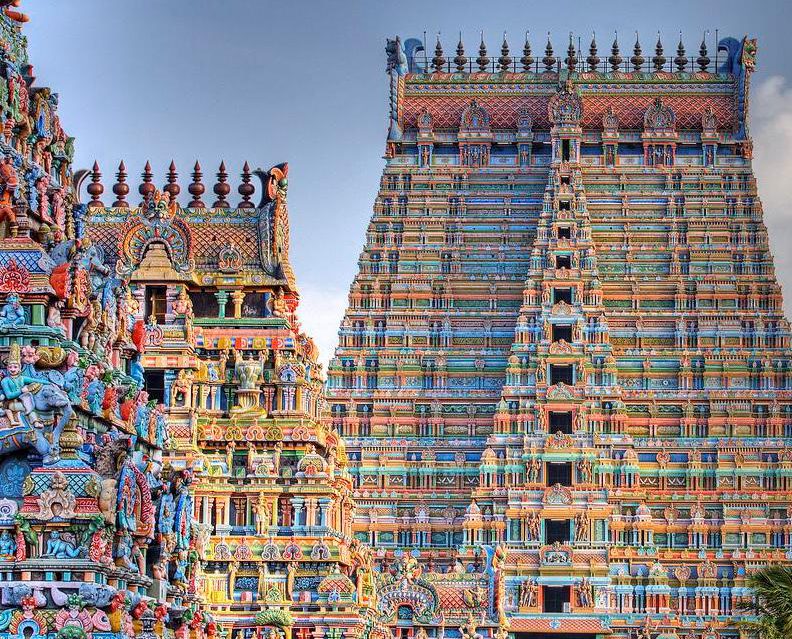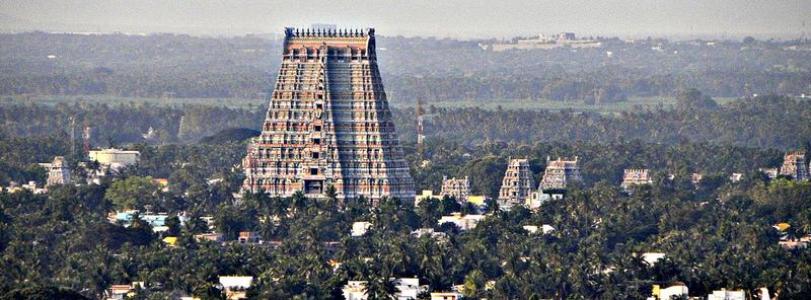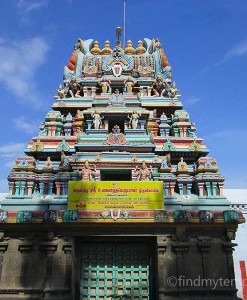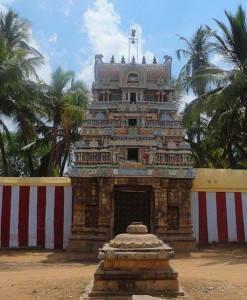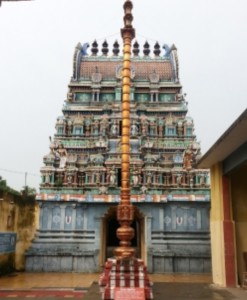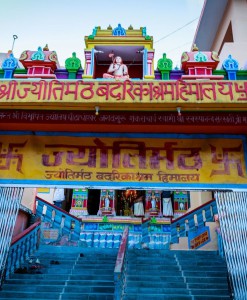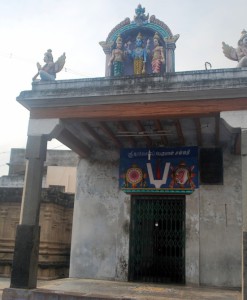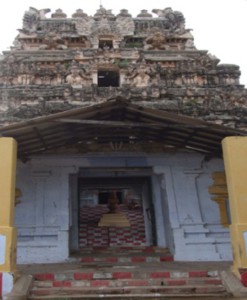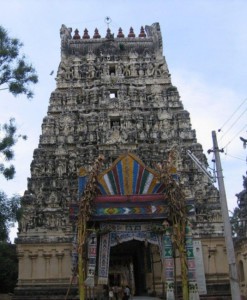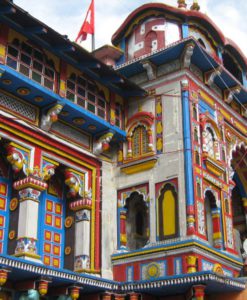No products in the cart.
Sri Ranganathaswamy Temple or Thiruvarangam is a Hindu temple dedicated to Ranganatha, a reclining form of Hindu deity, Vishnu located in Srirangam, Tiruchirapalli, Tamil Nadu, India . Constructed in the Dravidian style of architecture, this temple is glorified in the Thiviya Pirabandham, the early medieval Tamil literature canon of the Alvar saints from the 6th to 9th centuries AD and is counted among the 108 Divya Desams dedicated to Vishnu. The temple follows Thenkalaitradition of worship.
Info on the deity:
The Moolavar of theSri Ranganathaswamy Temple is Sri Ranganathan. Other names of their god is Periya perumal, Nam Perumal, Azagiya Manavalan. Moolavar in Kidantha Kolam facing south direction. Prathyaksham for Dharmavarma, Ravindharman, chandiran and Vibeerhanan. Thayaar is Sri Ranga Nayaki (Ranga Nayakiyaar).
The Sri Ranganathaswamy Temple,Sri Rangam,Tamil Nadu
The Sri Ranganathaswamy Temple is enclosed by 7 concentric walls (termed prakarams (outer courtyard) or mathil suvar) with a total length of 32,592 feet or over six miles. This temple has 21 gopurams (towers), 39 pavilions, fifty shrines, Ayiram kaal mandapam (a hall of 1000 pillars) and several small water bodies inside. The space within the outer two prakarams (outer courtyard) is occupied by several shops, restaurants and flower stalls. Non-Hindus are allowed up to the second prakaram (outer courtyard) but not inside the gold topped sanctum sanctorum.
Shrines
The vimanam (shrine over the sanctum sanctorum), the Ranga vimana is shaped like omkara (om symbol) and is plated with gold. Sri Ranganthar reclines on Adisesha, the coiled serpent. Images of Vibhishana, Brahma, Hanuman, Garuda, the symbols of Vishnu – conch and discuss are seen inside the sanctum. Ranganayaki shrine is in the second precinct of the temple. The common reference to the goddess is padi thaanda pathni, meaning lady who doesn’t cross the boundaries of ethics. Literally, the festival deity of Ranganayaki also does not come out of the shrine and it is Ranganthar who visits Ranganayaki. There are three images of Ranganayaki within the sanctum.
The complex houses shrines of dozens of forms of Vishnu including Chakkarathazhwar, Narasimha, Rama, Hayagreeva and Gopala Krishna. There are separate shrines for Ranganayaki and the major saints in the Vaishnava tradition, including Ramanuja. The Venugopala shrine in the south-west corner of the fourth enclosure of the temple is the work of Chokkanatha Nayak. An inscription of 1674 specifies this Nayak king as the patron. The exterior of the vimana and attached mandap (hall) have finely worked pilasters with fluted shafts, double capitals and pendant lotus brackets. Sculptures are placed in the niches of three sides of the sanctuary walls; maidens enhance the walls in between. The elevation is punctuated with secondary set of pilasters that support shallow eaves at different levels to cap larger and smaller recesses. The sanctuary is crowned in the traditional fashion with a hemisphrical roof. The double-curved eaves of the entrance porch on the east side are concealed in a later columned hall. Dhanvantari, a great physician of ancient India is considered to be an incarnation of Vishnu – there is a separate shrine of Dhanvantari within the temple.
Sriranga Mahathmiyam is the compilation of religious accounts of the temple which detail the origins of its greatness. According to it, Lord Rama, himself an Avatar of Vishnu, worshiped the idol for a long time, and when he returned victoriously from Sri Lanka after destroying Ravana, he gave it to King Vibhishana as a token of appreciation for the latter’s support for Rama against his own brother, Ravana. When Vibhishana was going via Trichy en route to Sri Lanka, the deity wanted to stay in Srirangam. Ranganatha, captivated by the devotion of a King called Dharma Varma, who was doing penance to have Lord Ranganatha to permanently stay Srirangam, stayed put, promising to cast his benign glance eternally on Lanka. Hence it is that the deity (in a reclining posture) faces south.
Archaeological inscriptions are available only from the 10th century AD. The inscriptions in the temple belong to the Chola, Pandya, Hoysala and Vijayanagar dynasites who successively swayed the destinities of the Tiruchirapalli district. They range in date between the 9th and 16th centuries and are registered by the ephigrahical society.
The location where the Ranganathan idol was placed was later covered by an overgrowth of deep forests, due to disuse. After a very long time, a Chola king, chasing a parrot, accidentally found the idol. He then established the Ranganathaswamy temple as one of the largest temple complexes in the world.
According to historians, most dynasties that ruled the South—Cholas, Pandiyas, Hoysalas, Nayakkas—assisted with renovation and in the observance of the traditional customs. Even during periods of internal conflicts amongst these dynasties, utter importance was given to the safety and maintenance of these temples. It is said that a Chola king presented the temple with a golden serpent couch. Some historians identify this king with Rajamahendra Chola, supposedly the son of Rajendra Chola II. But it is of interest to note that he never figures in the latter’s inscriptions, neither in the 4th year (that shows various members of the family going on rampage in different regions) nor in the 9th year (that shows only one member of the second generation).
The Sri Ranganathaswamy Temple is open from 6.00 AM to 1.00 PM and 2.00 PM to 8.30 PM
The Sri Ranganathaswamy Temple celebrates following festivals throughout a year:
Vaikunta Ekadeshi
Pagal Pathu(10 day time) and Ra Pathu(10 day night time) festival is celebrated in the month of Margazhi(December–January) for twenty days. The first ten days are referred as Pagal-Pathu (10 day day time festival) and the second half as Ra Pathu (10 day night-time festival). The first day of Ra pathu is Vaikunta Ekadashi. The eleventh day of each fortnight in Tamil calendar is called ekadesi and the holiest of all ekadesis as per vaishnavite tradition is the Vaikunta Ekadashi. During the festival, through song and dance, this place is affirmed to be Bhoologa Vaikunta (heaven on earth).
It is believed as per Hindu mythology that 33 crores of gods come down to witness the event. The festival deity is brought to the 1000-pillared hall on the morning of Vaikunta Ekadashi through the Paramapada Vasal (gate to paradise). Lakhs of pilgrims rush to enter it after the gate is opened and the deity passes through it as it is believed that one who enters here will reach vaikuntam (heaven) after death. The gate is open only during the ten days of Pagal Pathu (10 day day-time festival).
Jyestabisheka
The annual gold ornament cleaning festival is called Jyestabisheka (first of anointing) and is celebrated during the Tamil month of aani (June–July). The idols of all deities are abluted with water brought in large vessels of gold and silver.
Brahmotsavam
Brahmotsavam (Prime festival) is held during the Tamil month of Panguni (March–April). The preliminaries like ankurapuranam, rakshabandanam, bherira thanam, dhrajarohanam and the sacrificial offerings in the yagasala are gone through as usual. The processions go round the Chitrai Street in the evenings. On the second day, the deity is taken to a garden inside the temple. The deity is taken in a palanquin through the river Cauvery to a village on the opposite shore namely Jiyarpuram on the third day.
Other Festivals
The annual temple chariot festival, called Rathothsavam is celebrated during the Tamil month of thai (January–February) and the processional deity, utsavar is taken round the temple in the temple car. Chitra Poornima is a festival based on the mythological incident of Gaj-graha (elephant crocodile). The elephant suffered in the jaws of crocodile and god rescued the elephant. Vasanthothsavam is celebrated during the Tamil month of vaikasi (May–June) which according to inscriptions is celebrated from 1444 AD.
The temple is near Thirukovilur 16 km from Villupuram. Bus facility is available from Tirukovilur. Near By Railway Station is Villupuram and Near By Airport is Chennai.
Videos:

